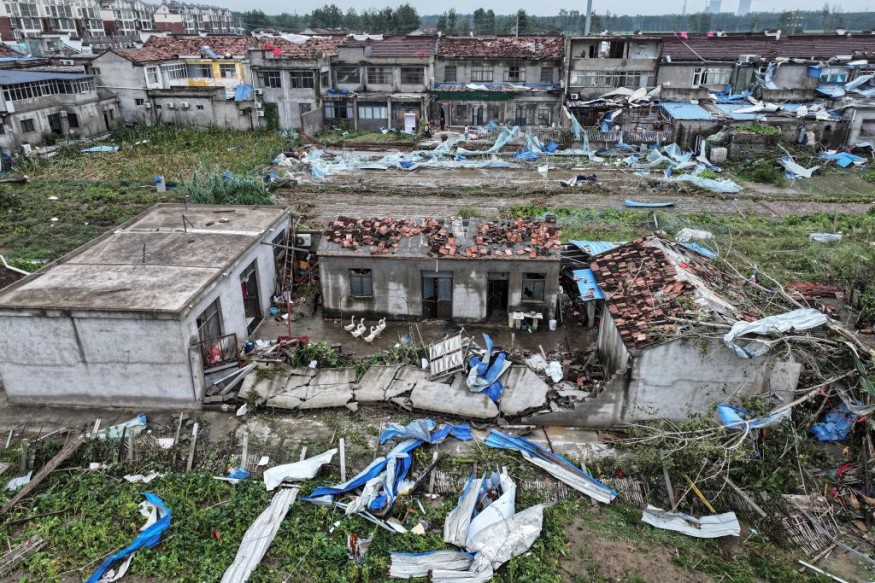A rare and powerful tornado ripped through the bustling metropolis of Guangzhou, China on Monday, April 29th, leaving a trail of destruction in its wake.
According to local authorities, at least five people were killed and dozens more injured. The storm caused widespread damage to buildings, vehicles, and infrastructure, with initial estimates suggesting billions of yuan in losses.
The unprecedented event has sparked a wave of questions regarding the city's preparedness for such extreme weather events.
While China has made significant strides in recent years in developing early warning systems for typhoons and floods, residents in Guangzhou reported receiving little to no warning before the tornado struck.
Focus on Early Warning Systems

China has a national emergency early warning information release system that disseminates warnings for various emergencies, including natural disasters.
The system is designed to be interconnected across various government departments and levels, reaching officials and the public through multiple channels like TV, radio, mobile apps, and social media.
However, the effectiveness of this system for tornadoes is being called into question. Tornadoes are notoriously difficult to predict due to their rapid formation.
While China has been piloting new radar technology to improve tornado detection, particularly in Jiangsu province, it's unclear if such technology has been implemented in Guangzhou.
According to a recent article in Scientific Research Publishing, experts emphasize the importance of early warning systems as a critical tool in emergency management.
The article states that early warnings can not only prevent emergencies from occurring but also help reduce the consequences of disasters.
The lack of a timely warning in Guangzhou has led many to question if the current system is sufficient for tornadoes. Experts may need to assess how the system can be improved to provide more accurate and localized warnings for tornadoes, especially in high-risk areas.
Scrutiny on Evacuation Procedures and Communication Breakdown
Reports from state media outlets, including CCTV, highlighted the chaotic scenes that unfolded as the tornado tore through the city. With little warning, many residents were caught off guard, scrambling to find shelter.
The storm caused significant damage to power lines, leaving large swathes of the city without electricity, further hindering communication efforts.
Social media has become a key platform for residents to share their experiences and frustrations. Many have expressed concerns about the lack of timely warnings and the perceived shortcomings in evacuation procedures.
The Guangzhou Meteorological Bureau has defended its actions, stating that the unpredictable nature of tornadoes made it difficult to issue a precise and timely warning. However, their explanation has done little to quell the rising tide of public anger.
Local Efforts and Path Forward
Local authorities now face the daunting task of coordinating rescue and recovery efforts. The full extent of the damage is still being assessed, but initial reports suggest that hundreds of buildings have been damaged, some beyond repair.
The city is expected to remain in a state of emergency for the foreseeable future as crews work to clear debris and restore essential services.
The Guangzhou tornado has reignited discussions about the need to improve China's early warning systems for extreme weather events.
The incident is likely to prompt a thorough investigation into the city's preparedness and response protocols, including the efficacy of the early warning system for tornadoes.
In the meantime, the people of Guangzhou are left to grapple with the aftermath of this devastating storm, with many facing the long road to recovery.
Related article: Deadly Tornado Outbreak Devastated Several US States
© 2025 NatureWorldNews.com All rights reserved. Do not reproduce without permission.





